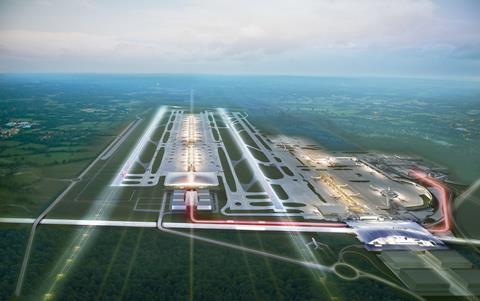Gatwick airport sets out new research and reveals T&T’s role on scheme to build second runway

Building a second runway at Gatwick airport will enable more flights, carrying more passengers, to more destinations than Heathrow’s rival expansion plans, Gatwick’s boss has said.
Speaking at a press conference in London this week to promote Gatwick’s expansion plans, Gatwick chief executive Stewart Wingate said Gatwick’s proposal for a second runway would allow 10 million more passengers to fly and add 27 more destinations by 2050 than rival plans to expand Heathrow.
Gatwick’s expansion is one of three proposals shortlisted by the Davies Commission, which is examining options for expanding airport capacity in the South-east of England.
The other two options are alternative plans to expand Heathrow.
Wingate revealed Gatwick is working with consultant Turner & Townsend on “cost plans and phasing plans” for its £7bn scheme, which could be operational by 2025.
The Gatwick scheme – which Sir Terry Farrell’s practice is masterplanning – also includes building a third terminal building and an integrated transport hub linking the airport with central London, the Oak Common HS2 interchange, and other towns in southern England.
Wingate said aviation trends suggested the UK would need to bolster its short haul flight services – which Gatwick currently specialises in – rather than focusing on long haul.
Gatwick-commissioned research shows noise from its airport disturbs just 3% of the number of residents disturbed by noise at Heathrow.
Wingate said: “The best way to limit impact of noise is to geographically choose the right location.”
He also pointed out the new runway will be built on “safeguarded land”, whereas one of Heathrow’s proposals requires the closure and building over of the M25.
Wingate said: “It makes more sense to share capacity between airports and have a more balanced approach, rather than putting all our eggs in one basket [at Heathrow]”.
Farrell said Gatwick’s plans were “fundamentally transformational” and would create “a truly international airport that can compete with anyone”.
Farrell said promoting a constellation of airports was logical in a “big metropolis” where people are living across a wide area and was also seen in cities like Tokyo, Beijing, Paris and New York.





























1 Readers' comment